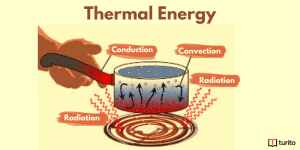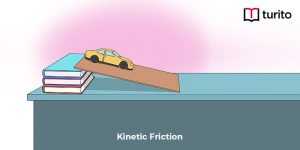Overview
The existence of organisms on earth varies on energy. It is referred to as the ability to perform work in physics. We are aware that energy can take on several forms in nature. Students must have studied the numerous types of energy, including heat, chemical, electrical and nuclear. In this article, students will understand the major law of conservation of energy. Among these, the most common law is the law of conservation of energy.
What is the Law of Conservation of Energy?
As per the energy conservation law, energy cannot be created or destroyed. However, it is capable of changing from one state to another. An isolated system’s total energy is constant regardless of the types of energy present. All energy sources adhere to the law of conservation of energy. The laws of conservation of energy explain that:
...Relevant Articles
Understanding Thermal Energy: What It Is and How It Works
Thermal energy is essential to our daily lives, from warming …
Understanding Thermal Energy: What It Is and How It Works Read More »
Read More >>Avogadro’s Number: Meaning, Importance, and More
Introduction The concept of measuring the microscopic particles that make …
Avogadro’s Number: Meaning, Importance, and More Read More »
Read More >>Kinetic Friction – Definition, Laws, Types
Kinetic Friction Kinetic force is a force acting between two …
Kinetic Friction – Definition, Laws, Types Read More »
Read More >>














Comments: